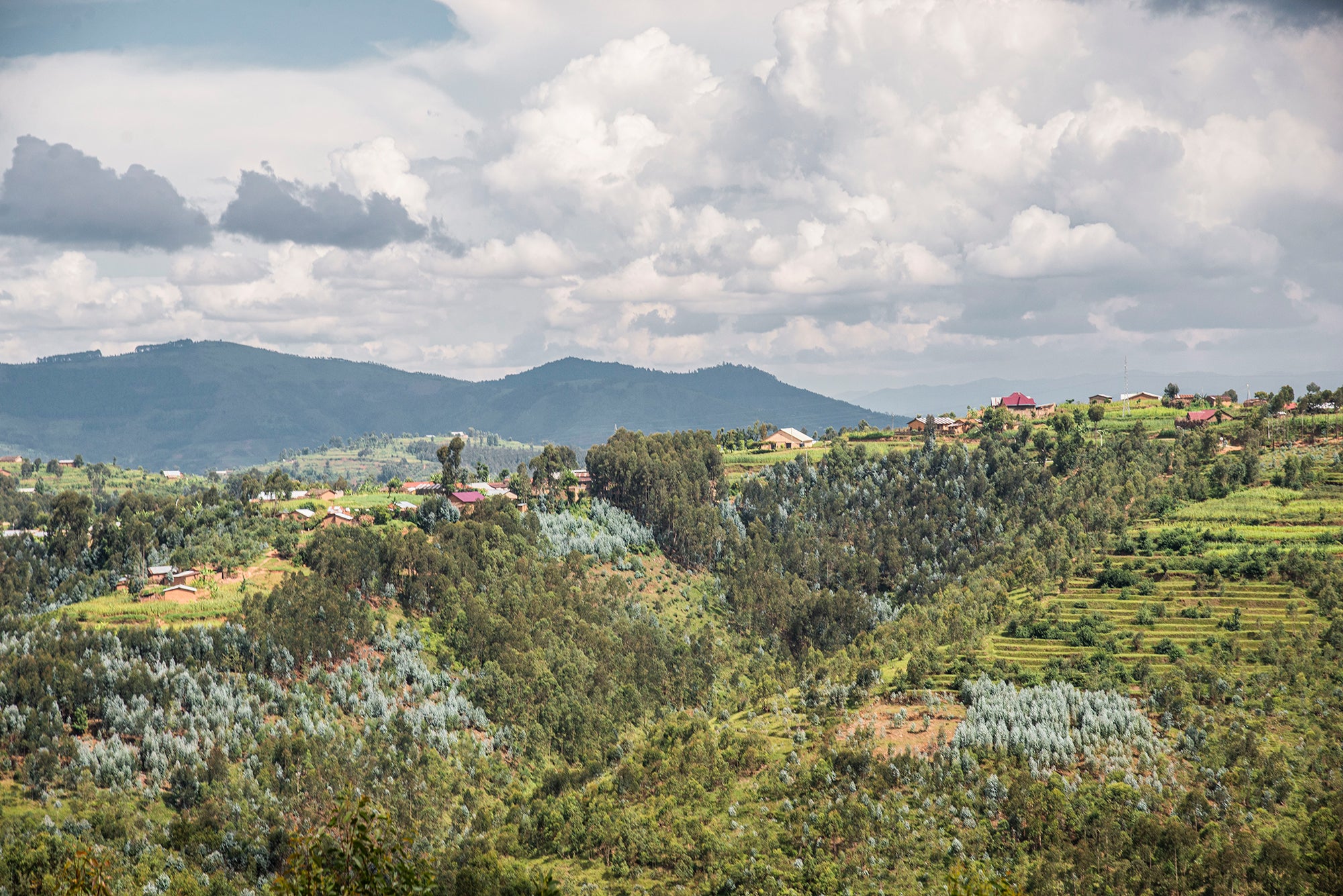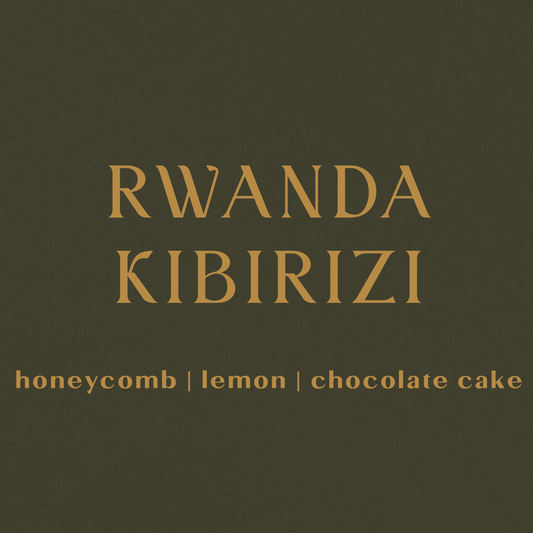
Nyamagabe
1. Region & Growing Conditions
Nyamagabe District, situated in Rwanda’s Southern Province (formerly part of Gikongoro Province), covers roughly 1,090 km² and includes terrain ranging from 1,700 to 2,100 meters elevation—ideal for specialty coffee cultivation. Its proximity to Nyungwe Forest brings diverse flora, volcanic soils, and a cooler climate conducive to slow‑ripening arabica cherries with complex flavor development.
2. Farmers & Varietals
Coffee in Nyamagabe is produced predominantly by smallholder farmers, typically cultivating under 0.25 hectare (300–600 trees) per farm. Farms are often intercropped with food staples like maize, beans, or livestock used both for income and compost nourishment. The prevalent varietal is Red Bourbon arabica, accounting for over 90% of regional production due to its flavor potential and suitability to high-altitude conditions.
3. Key Washing Stations & Processing
Remera Washing Station (Buf Coffee)
Established in 2007 and located in Kigoma Sector at 1,750–2,100 m asl, Remera is the largest station in Nyamagabe and serves around 700 farmers. It employs 60–80 seasonal workers and 7 permanent staff during harvest season. Processing follows a rigorous sequence: floatation to remove defects, pulping, overnight dry fermentation, extensive wet sorting, soaking, sun-drying on raised beds, and final quality screening—all to ensure high cup cleanliness and consistency.
Kibirizi Station
Situated in Nyamagabe, Kibirizi benefits from slightly dryer conditions that support natural and honey process lots, unique compared to the region's typical washed style. Its microclimate yields clean-flavored naturals with enhanced sweetness and clarity.
Gaseke and Karambi Stations
Operated by Baho Coffee under founder Emmanuel Rusatira, both stations are part of the Kizi Rift region in Nyamagabe. Gaseke sees over 500 active farmer members and supports a breast cancer prevention initiative. Karambi was originally built in 1983 and modernized in 2016, processing cherries from farms at 1,700–2,000 m elevation and benefitting from fertile volcanic soil.
4. Flavor Profiles & Market Placement
Coffees from Nyamagabe are praised for their delicate acidity, refined sweetness, and layered complexity. Example flavor notes include strawberry lemonade, kumquat, black tea (from Remera), and honeyed stone fruit or apricot (from Kamiro and Nyamurinda projects)
Melbourne Coffee Merchants. The Ngoma lot from Cyanika (within Nyamagabe) placed high in Cup of Excellence competitions, noted for pear, honey and cashew flavors at elevation ~2,058 m.
5. Impact & Social Dimensions
Coffee production in Nyamagabe has been pivotal in post‑genocide recovery. Women-led enterprises—such as the Nyamurinda initiative founded by sisters Francine and Immaculée Mukamana—use coffee as a vehicle for empowerment and community resilience, turning personal trauma into sustainable livelihoods. At Remera, profits are shared directly with local farmers and managers, reinforcing cooperative governance and fair compensation.
6. Why Nyamagabe Matters to Roasters
High-altitude terroir yields bright, expressive coffees with enhanced sugars and nuanced acidity.
Rigor in processing—washing stations enforce multiple sorting steps and fermentation control, producing clean, consistent lots.
Diverse processing profiles from washed to natural or honey lots offer flavor variety and storytelling potential.
Commitment to equitable sourcing: cooperatives and stations share profits, support women leaders, and invest in community infrastructure.
Learn more about the Origin
Shop Coffees from Nyamagabe
-
 Sold out
Sold outRwanda Kibirizi
Regular price From $21.00 USDRegular priceUnit price / per


